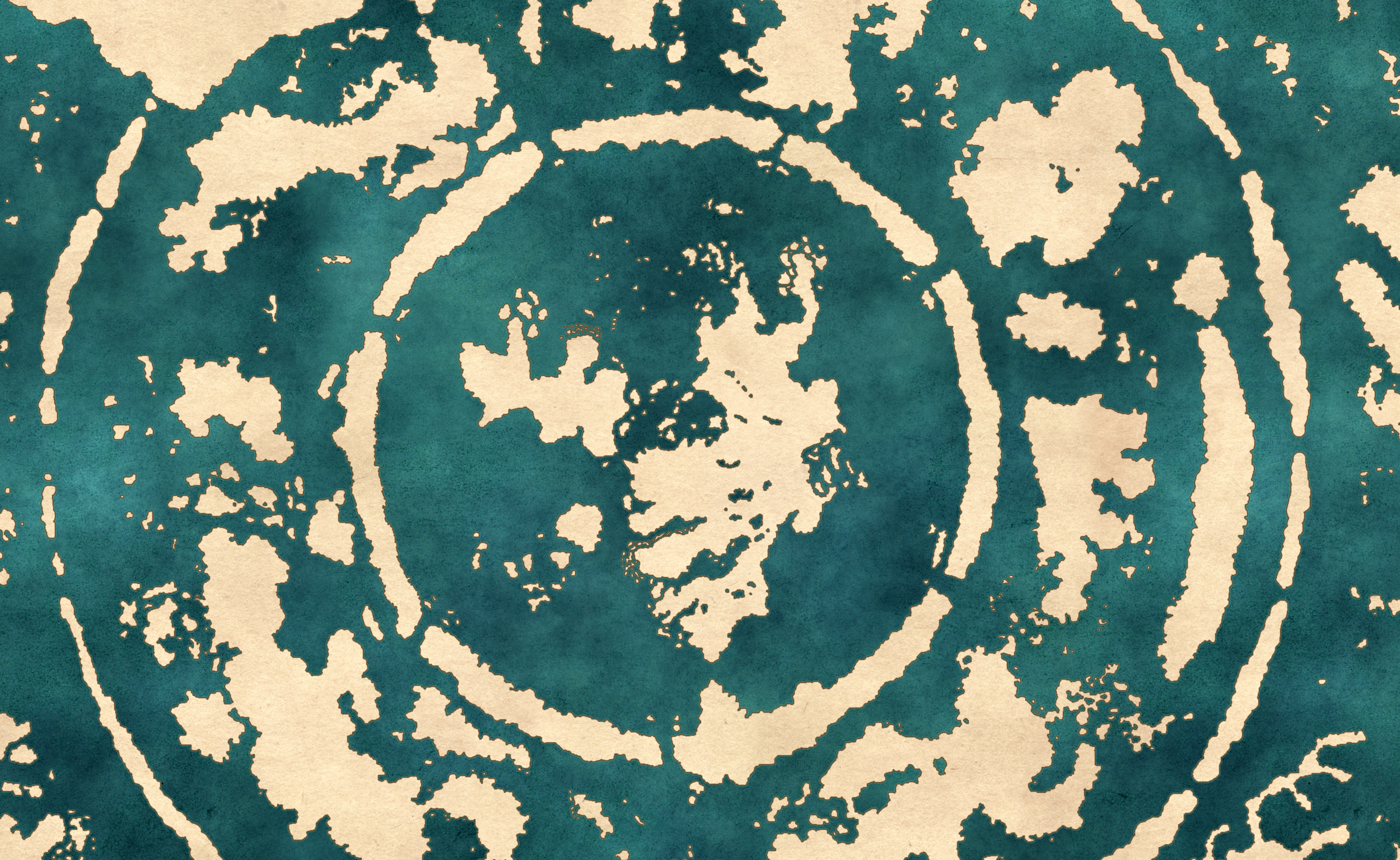Stratozoans
Huge glowing jellies floating high in the sky, vast swarms of glowing lights moving across the night sky, undulating serpents of light peacefully drifting through the clouds. These are known as Stratozoans. Stratozoans are extremely strange lighter than air animals found high in the sky. Stratozoans give birth in the sky, live in the sky, and even die in the sky. They can be found as low as 1.5 kms in the sky, and their maximum altitude is unknown.
Stratozoans have played an important role in human history. They were researched by the Merindian Empire between 900 and 909, and they discovered that the drakkeon gas that held them aloft could be produced with machines and used as an extremely effective lifting gas for airships. The discovert of drakkeon from the stratozoans would prove invaluable, as the ability to lift massive amounts of weight for so cheap would drastically revolutionize transport, exploration, travel, and warfare, and lead to every modern nation utilizing airships heavily.
Habitat and Population
Stratozoans are extremely high in numbers, like fish in the ocean, they can be found all throughout the skies. They are almost always visible up in the air, but are often much more visible at night due to their bioluminescence, and they are much more common high in the sky. At night, the glowing lights of Stratozoans are very common and visible. Striking lights of red, blue, purple, green, orange, and gold. They can be seen in vast swarms of tiny lights, huge glowing jelly swarms, undulating serpents of light, glowing tentacle tips of distant squid-like creatures, and many more. These lights have captivated stargazers for all of human history, and for most of history almost nothing was known about them.Description
Stratozoans are made up of transparent/semi-transparent flesh, that is created to be extremely lightweight. They also sometimes have lightweight bones, although these bones are usually more like cartilage. Stratozoans are often extremely large animals, as they take very little food to stay alive, and they use very little energy in movement. Stratozoans are often bioluminescent, glowing in many places in brilliant shades of red, blue, purple, green, orange, and gold. The glowing parts of the Stratozoans are often found on the end of long spines, along tentacles, and all across their bodies. Stratozoans can take many forms, often somewhat resembling ocean animals. Stratozoans can resemble jellyfish, serpents, rays, whales, shrimps, krill, and squids. They can be as small as tiny minnows, or as wide as entire islands.Movement and Flotation
Stratozoans are able to remain in the air with bladders of naturally formed drakkeon. These gasbags can be found in single bags inside the creature's bodies, which are round, or flat, or disc-like, or they can be found in several smaller bags along the creature's body, and this is the case with all serpentine Stratozoans. For propulsion, Stratozoans use two methods: jet propulsion and air swimming. Stratozoans that use jet propulsion quickly push air through their bodies as a form of movement, and this can be a slow-paced constant jet or fast bursts of speed. The other form of movement is air swimming, and air swimming creatures will flap fins or wings in order to move. There are also some atmospheric creatures that simply drift along air currents.Behavior
Stratozoans tend to be slow-moving, and peaceful creatures, although this is not always the case. Behaviour greatly varies between different Stratozoans. Small krill-like ones will race through the sky in huge swarms, sky jellies lazily drift through the air either alone or in swarms, while some others like the whale-like Stratozoans fly alone. Atmospheric creatures will fly near airships and airplanes often, although the exact reason for this behavior is probably from a sense of curiosity. They know to avoid the propellers, and no attacks from atmospheric animals have ever been recorded, and they almost always will just peacefully drift next to airships, and then drift away.Remove these ads. Join the Worldbuilders Guild









Comments